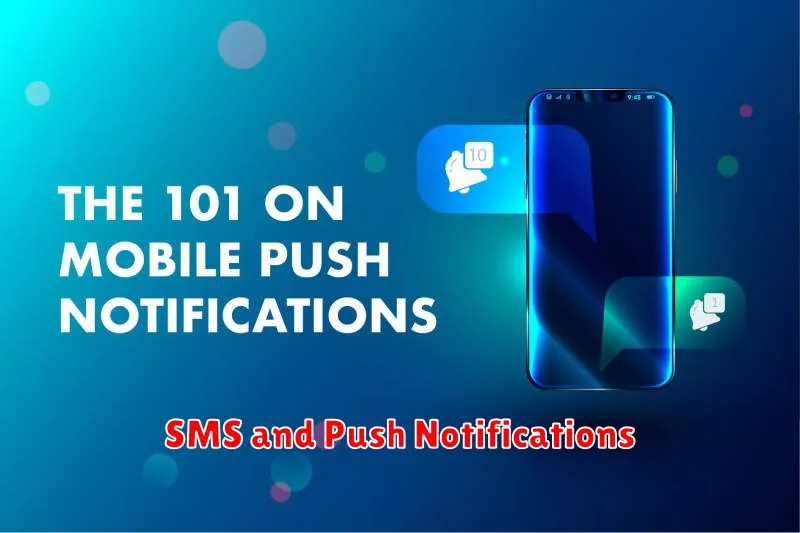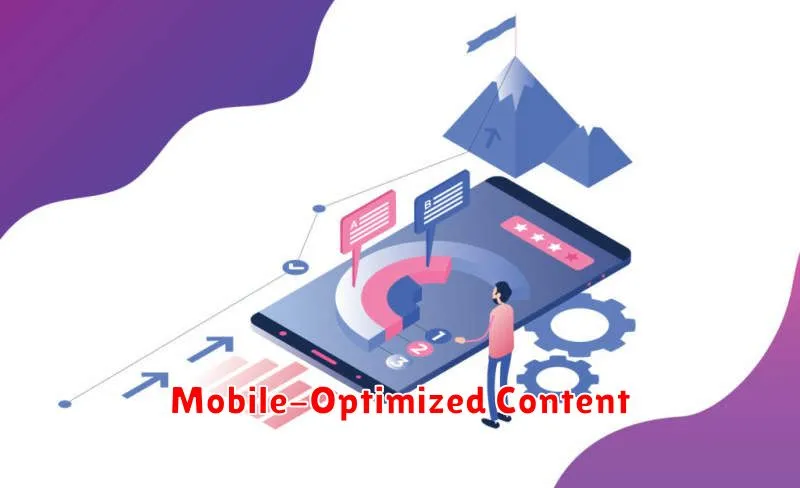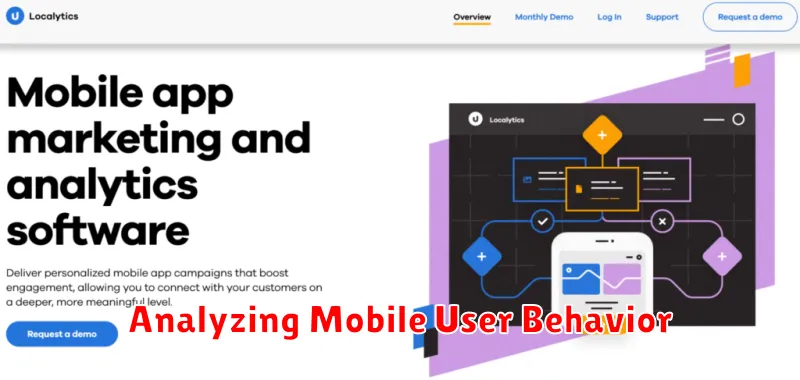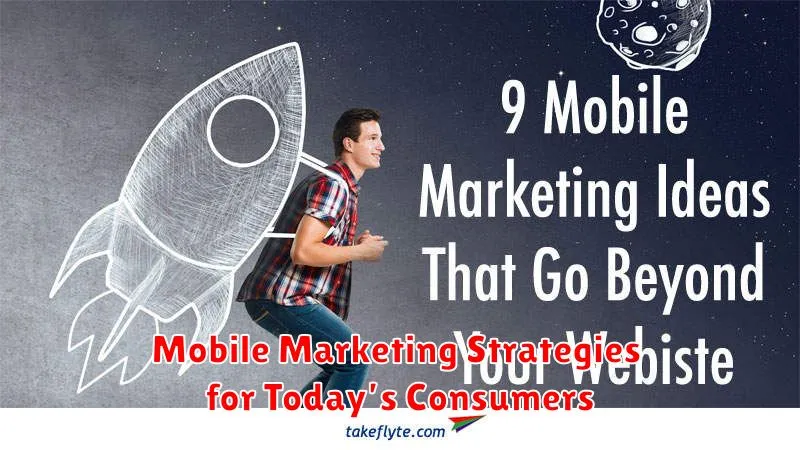In today’s rapidly evolving digital landscape, mobile marketing has become an indispensable tool for businesses seeking to connect with their target audience. With the vast majority of consumers now accessing the internet primarily through their smartphones, a robust mobile marketing strategy is no longer a luxury, but a necessity. This article will explore effective mobile marketing strategies that cater to the preferences and behaviors of today’s mobile consumers, enabling businesses to enhance brand visibility, drive engagement, and ultimately, increase conversions. We will delve into the critical components of a successful mobile marketing approach, covering topics such as mobile-first indexing, mobile advertising, in-app marketing, SMS marketing, and location-based marketing.
Understanding the nuances of mobile user behavior is paramount to crafting compelling mobile marketing campaigns. From mobile search optimization to social media marketing on mobile platforms, businesses must adapt their strategies to the unique demands of the mobile environment. This includes optimizing website design for mobile responsiveness, leveraging mobile analytics to track performance, and embracing emerging technologies such as Augmented Reality (AR) and Virtual Reality (VR) to deliver immersive mobile experiences. By staying ahead of the curve and implementing innovative mobile marketing techniques, businesses can effectively reach and engage their target audience where they spend most of their time – on their mobile devices.
Importance of Mobile-First Marketing
In today’s digital landscape, mobile devices have become the primary means of accessing information and connecting with brands. This shift in consumer behavior necessitates a mobile-first marketing approach. Prioritizing the mobile experience is no longer a trend; it’s a critical requirement for reaching and engaging your target audience effectively.
A mobile-first strategy places the mobile user at the center of all marketing efforts. It means designing and optimizing campaigns, content, and website experiences specifically for mobile devices before considering desktop or other platforms. This approach ensures a seamless and engaging experience for users, regardless of how they choose to interact with your brand.
Adopting a mobile-first approach offers several key advantages. It improves user experience, leading to increased engagement and conversions. It also boosts your search engine rankings, as search engines prioritize mobile-friendly websites. Finally, it allows for more personalized and targeted marketing, as mobile devices provide a wealth of data about user behavior and preferences.
Responsive Design Best Practices
In today’s mobile-first world, a responsive website is no longer a luxury, but a necessity. Responsive design ensures your website adapts seamlessly to various screen sizes and devices, providing a consistent and positive user experience.
Implementing responsive design best practices is crucial for effective mobile marketing. Start with a mobile-first approach, designing for smaller screens first and then scaling up. This ensures core content and functionality are prioritized for mobile users.
Fluid grids and flexible images are fundamental components. Use relative units like percentages instead of fixed pixel values for widths and heights. This allows elements to resize proportionally based on the screen size. Optimize images to prevent large file sizes from impacting page load speeds.
Thorough testing across different devices and browsers is essential. Use browser developer tools or dedicated testing platforms to ensure your website renders correctly and functions as intended on various screen sizes and resolutions.
SMS and Push Notifications

SMS marketing and push notifications offer direct and immediate communication channels to engage with your target audience. They provide a powerful way to deliver time-sensitive information, promotions, and personalized messages.
SMS messages, while requiring opt-in, have a high open rate and allow for concise, impactful communication. Use them sparingly to avoid overwhelming customers. Target specific demographics with tailored promotions or reminders.
Push notifications, delivered through mobile apps, provide a convenient channel for ongoing engagement. Segment your audience and personalize notification content to enhance relevance and avoid alienating users. Consider the frequency and timing of push notifications carefully to optimize their effectiveness.
Mobile-Optimized Content

In today’s mobile-first world, ensuring your content is easily accessible and digestible on smartphones and tablets is paramount. Mobile optimization isn’t merely shrinking your desktop site; it’s about creating a user experience tailored to the mobile context.
This involves several key considerations. First, responsive design is crucial. Your website must adapt seamlessly to various screen sizes and orientations, providing a consistent and user-friendly experience regardless of the device.
Next, prioritize page load speed. Mobile users expect quick loading times. Minimize large images, streamline code, and leverage browser caching to enhance performance.
Content formatting should be adapted for mobile. Use concise paragraphs, bullet points, and clear headings to make information scannable. Ensure fonts are legible and buttons are easily tappable with a finger.
Analyzing Mobile User Behavior

Understanding mobile user behavior is crucial for effective mobile marketing. It involves examining how users interact with their mobile devices, apps, and mobile websites. This analysis helps tailor marketing strategies to reach the right audience at the right time.
Key areas of analysis include usage patterns (time spent on apps, browsing habits), in-app behavior (feature usage, conversion rates), and location data. By studying these aspects, marketers can optimize ad targeting, personalize content, and improve the overall user experience.
Data analytics platforms are essential tools for analyzing mobile user behavior. They provide valuable insights into user demographics, preferences, and engagement metrics.

